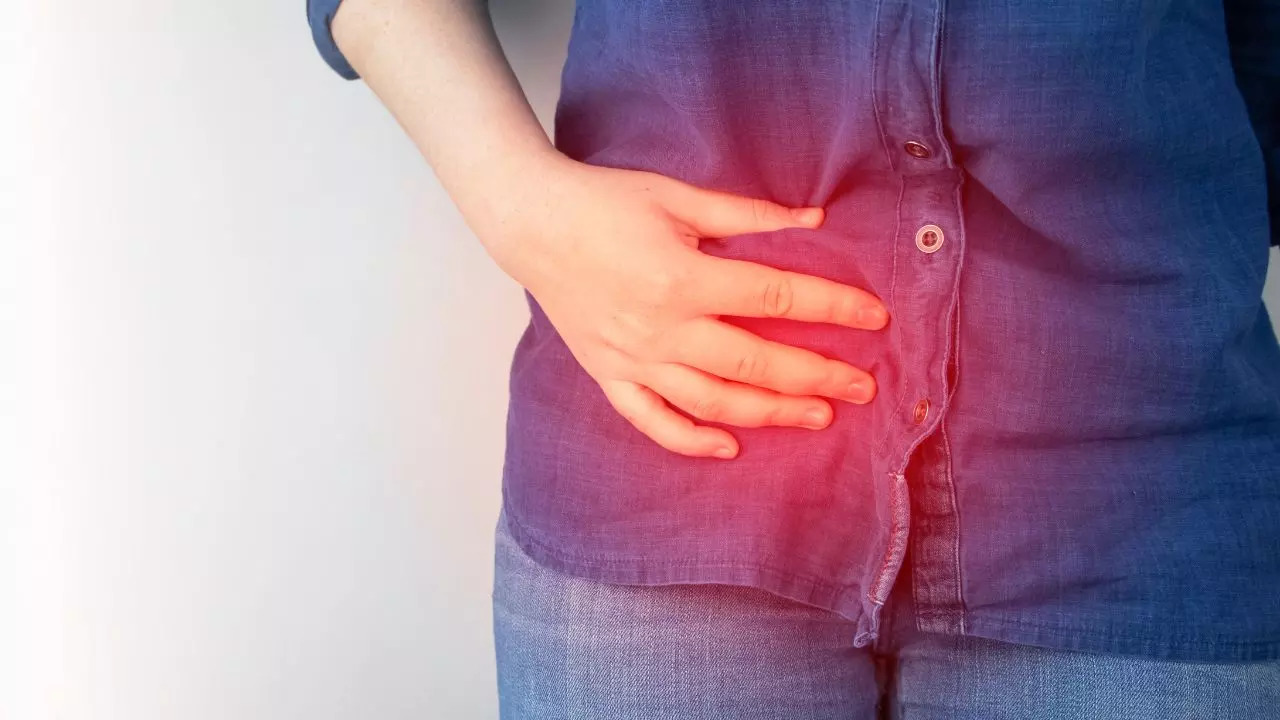Female patients less likely to receive painkillers, study finds
A recent study has shown that female patients are prescribed fewer painkillers than male patients, even after considering factors such as pain level, age, medical history, and type of complaint. The study was published in Proceedings of the National Academy of Sciences. The study highlights how women’s pain is not taken as seriously or treated as aggressively as men’s pain. Read on to know more about the study.

Female patients are less likely to receive painkillers
A new study has found that female patients are consistently less likely to receive painkillers than male patients with similar complaints. The study was published in Proceedings of the National Academy of Sciences and was led by Hebrew University professors Shoham Choshen-Hillel and Micha Guzikevits. According to a report published in Nature, the findings shed light on how our perception of others’ pain experiences can be influenced by unconscious bias.
Researchers have found a worrying gender bias in pain management decisions in emergency rooms. The study showed that female patients are prescribed fewer pain medications than male patients, even after considering variables such as pain level, age, medical history and type of complaint. This indicates a systemic problem where women’s pain is not taken as seriously or treated as aggressively as men’s pain.
By analyzing electronic health records from the U.S. and Israeli healthcare systems, researchers found that female patients discharged from the emergency department are less likely to receive treatment for pain complaints than male patients. Specifically, datasets from emergency departments with discharge notes showed that female patients are less likely to receive a prescription for any type of pain medication, including opioids and non-opioids, than male patients.
Female patients reporting pain were less likely to receive pain medications for every pain score and age group, and they received fewer pain medications from both male and female physicians.
“When women complain of pain they are seen as exaggerating or being hysterical, and men are seen as being more patient,” said Alex Gilels-Hillel, a physician-scientist at Hadassah-Hebrew University Medical Center in Jerusalem and co-author of the study.
Additionally, female patients tend to wait an additional 30 minutes in the emergency department, and are 10 percent less likely to have their pain scores recorded by triage nurses.
Moving beyond medical records, the team also conducted an experiment to demonstrate bias, according to a report in Science. Over 100 nurses at a Missouri hospital were given a written scenario describing a patient case along with a pain rating of nine out of 10. Each nurse was then asked to rate their perception of this pain from zero to 100, requiring them to make their own assessment of the case and not just repeat the number given. When the patient described was a man, nurses rated his pain closer to 90, averaging 80. When the patient was described as a woman, nurses rated her pain lower, averaging 72. In both the experiment and the data study, the disparities persisted regardless of the gender of the healthcare provider.
Professor Choshen-Hillel said: “Our research reveals a disturbing bias in the way women’s pain is understood and treated in emergency care settings.
“This under-treatment of female patients’ pain can have serious implications for women’s health, causing them to take longer to recover, develop complications or suffer long-term pain problems.”
(with inputs from agencies)
Get the latest news on Times Now as well as breaking news and top headlines from across health and the world.


